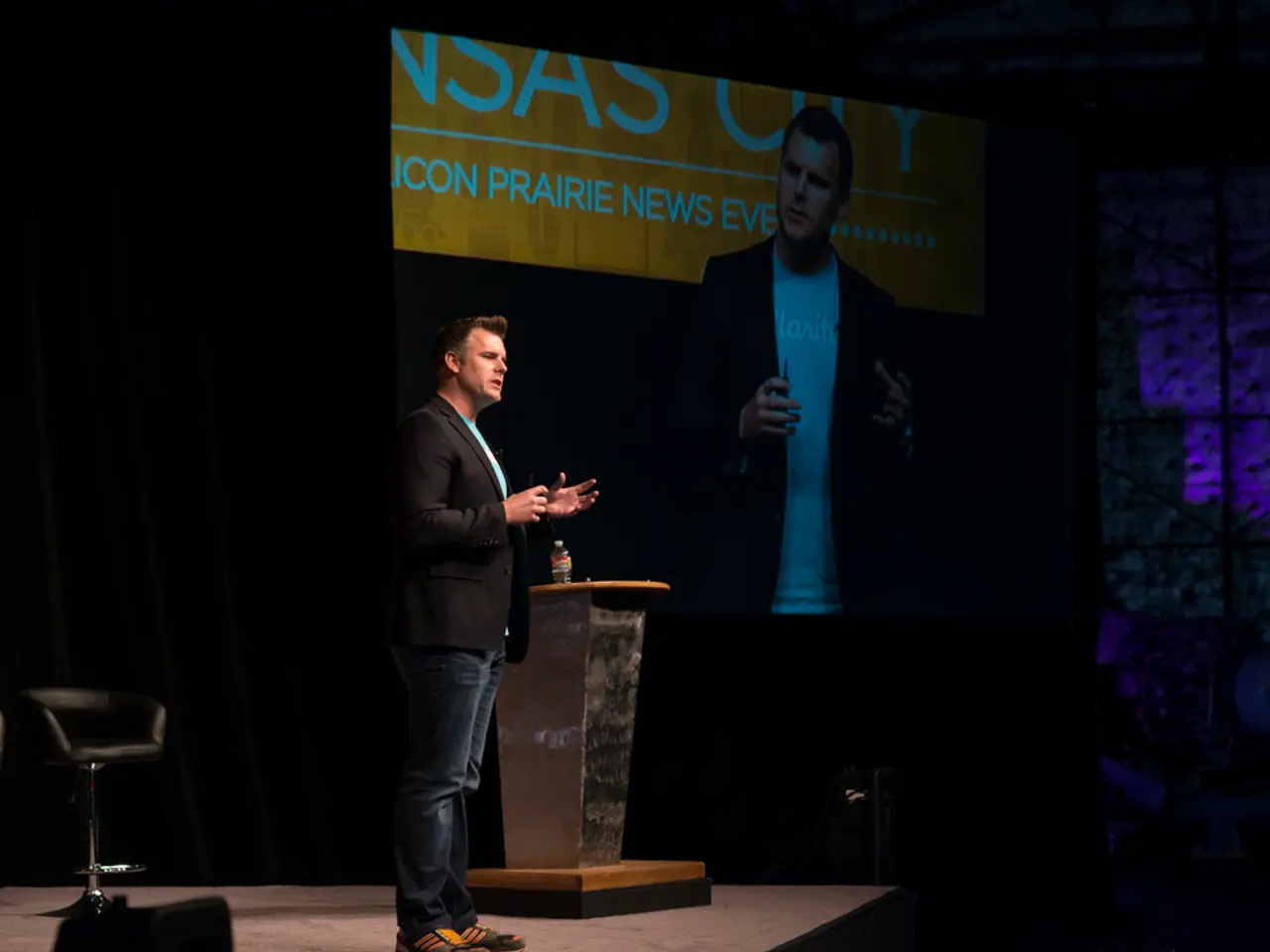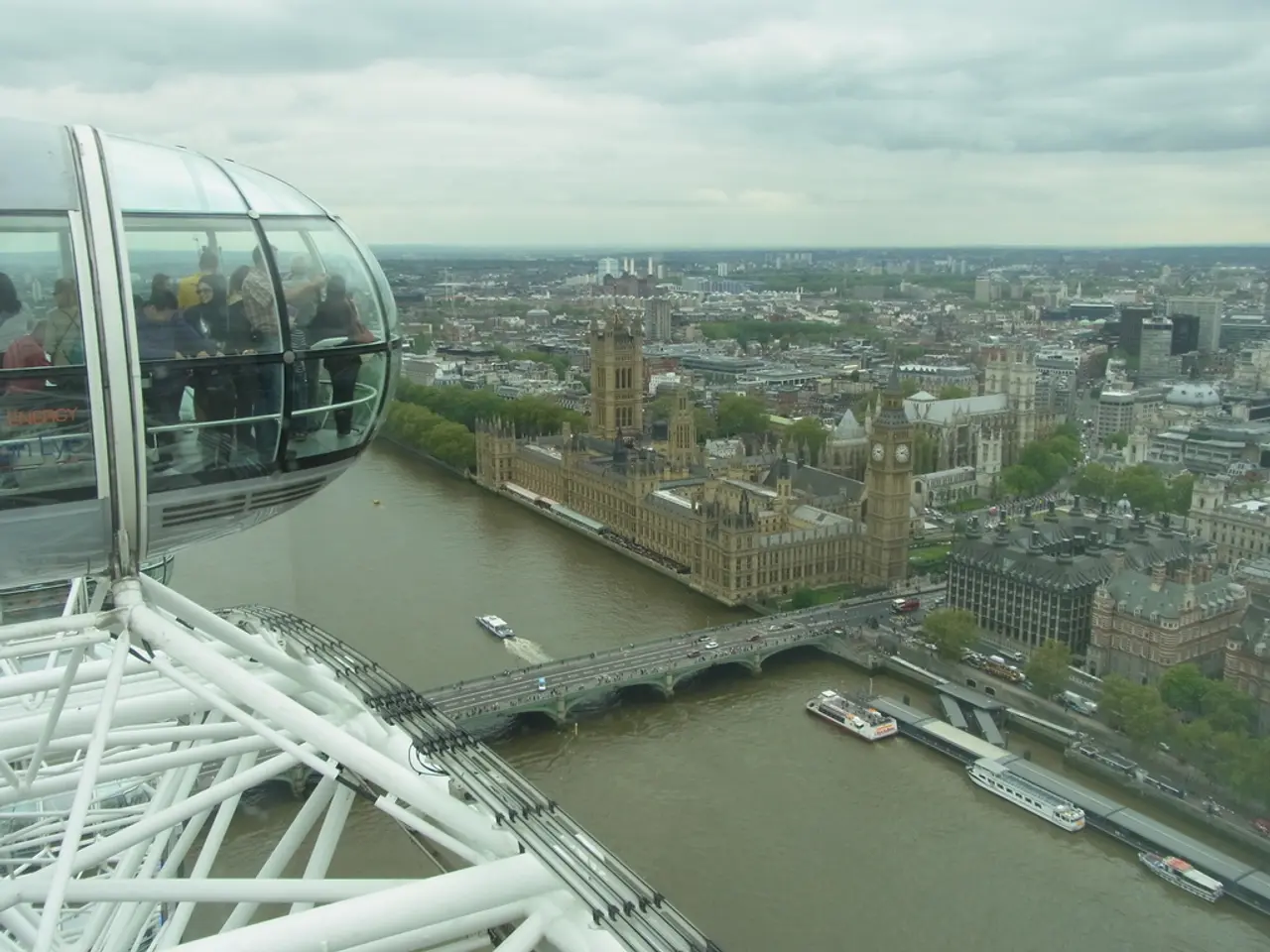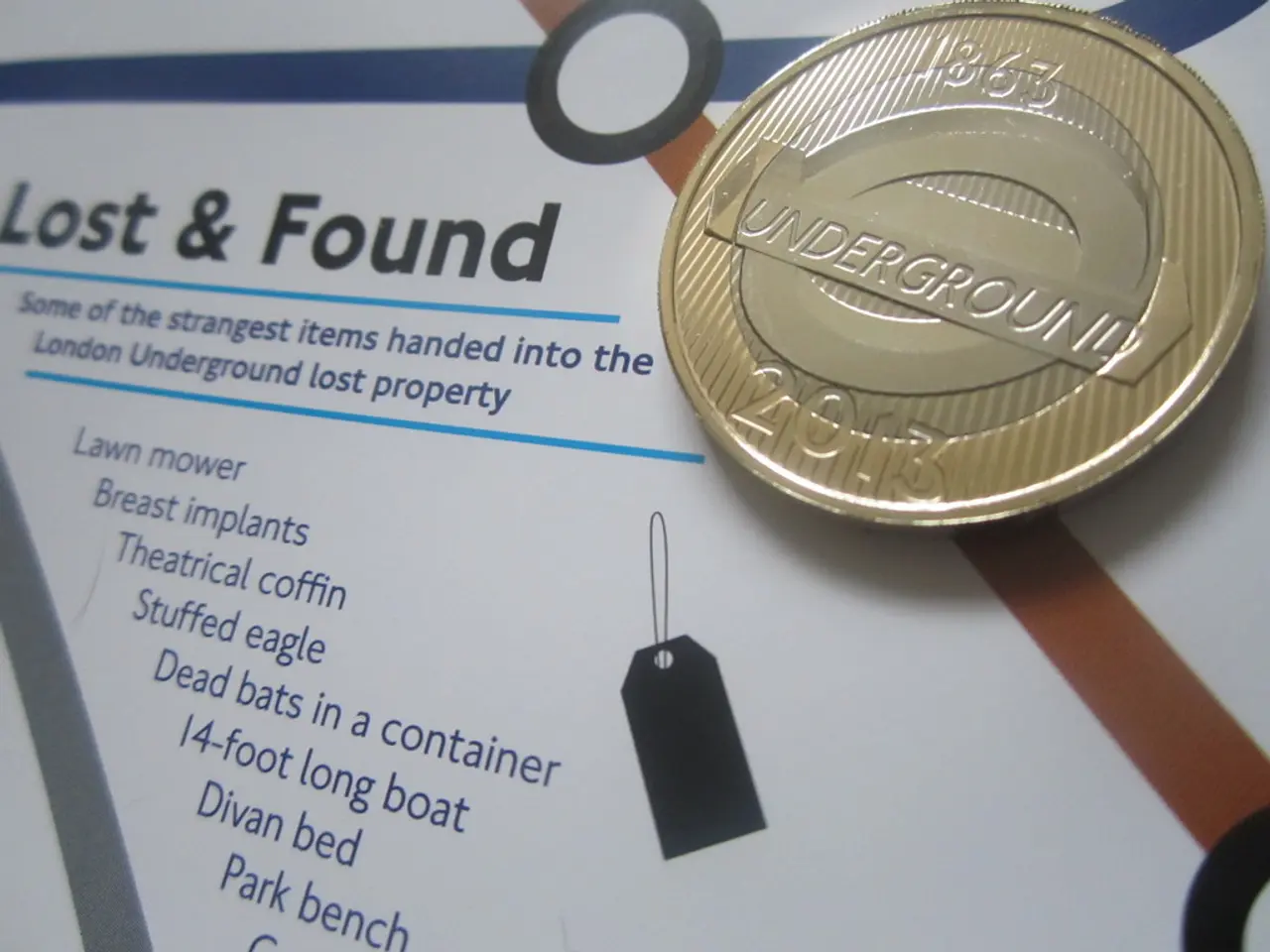Advocates for limiting abortions aim to incorporate instruction on fetal development in the curriculum of public educational institutions.
In the wake of the Supreme Court's decision to overturn Roe v. Wade, public schools have become a focal point in the ongoing debate over abortion rights. This fall, nearly 4 million children will attend school in a state that requires them to watch a video or ultrasound of a fetus in the womb during sex education classes.
Live Action, an anti-abortion organisation, is at the forefront of this movement. Their fetal development education legislation has led to a significant and growing presence of prenatal development videos and materials in K-12 public schools, shaping sex education curricula with an emphasis on fetal humanity.
Iowa, Indiana, Idaho, Kansas, North Dakota, and Tennessee have passed laws requiring or authorizing fetal development education. These laws often incorporate high-definition ultrasound imagery and computer-generated animations to illustrate fetal growth comprehensively. While proponents view it as truth-telling and life-affirming education, opponents raise concerns about bias, appropriateness, and the broader implications for reproductive rights education.
One of the most controversial videos is Live Action’s “Baby Olivia,” which has been identified as an approved resource in several states. The video, depicting early prenatal development, is intended to present the fetus as an actual human being, influencing students' perceptions. However, it has been sharply criticised by medical experts for its language and portrayal of the timeline of fetal development.
New Hampshire Rep. John Sellers filed two bills in January 2023 to make Live Action's videos required viewing for New Hampshire students. Sellers maintains that the legislation is nonpolitical and aims to educate students about the development of life and abortion procedures. However, opposition to these bills was significant, with over 1,000 residents registering their opposition.
Other legislators, like Arkansas Sen. Breanne Davis, have drawn a line at directly promoting the use of Live Action materials in public schools. Davis's legislation, signed into law in April 2023, requires the Arkansas department of education to adopt standards for age-appropriate fetal development education, including showing an ultrasound, without specifying a particular video.
The spread of such laws is partly a coordinated effort, with Live Action hosting events to equip lawmakers with policy strategies. At least 22 states have proposed similar bills, and some bills target even younger grades, such as third grade.
While Live Action maintains that their materials are medically accurate and unbiased, critics argue that they serve as anti-abortion propaganda embedded in public education. Some medical professionals have endorsed the "Meet Baby Olivia" video and the "What Is Abortion?" series, but others view them as manipulative and little more than propaganda.
The debate over fetal development education highlights the broader issue of sex education in schools. Experts in sex education and abortion policy agree that a related problem is the dearth of sex education in schools. As the fight over abortion rights continues, the role of public schools in shaping young minds becomes increasingly important.
- The ongoing debate over abortion rights has expanded to include the role of fetal development education in public schools, with one controversial video titled "Baby Olivia" being a focal point of contention.
- While Live Action, an anti-abortion organization, claims their fetal development education materials are medically accurate and unbiased, critics argue that they function as anti-abortion propaganda within the educational system.
- The growing presence of fetal development education, with its emphasis on fetal humanity, has raised concerns about the balance between education, self-development, politics, and general news in curriculum development, especially within the context of ongoing debates over reproductive rights in various states.




